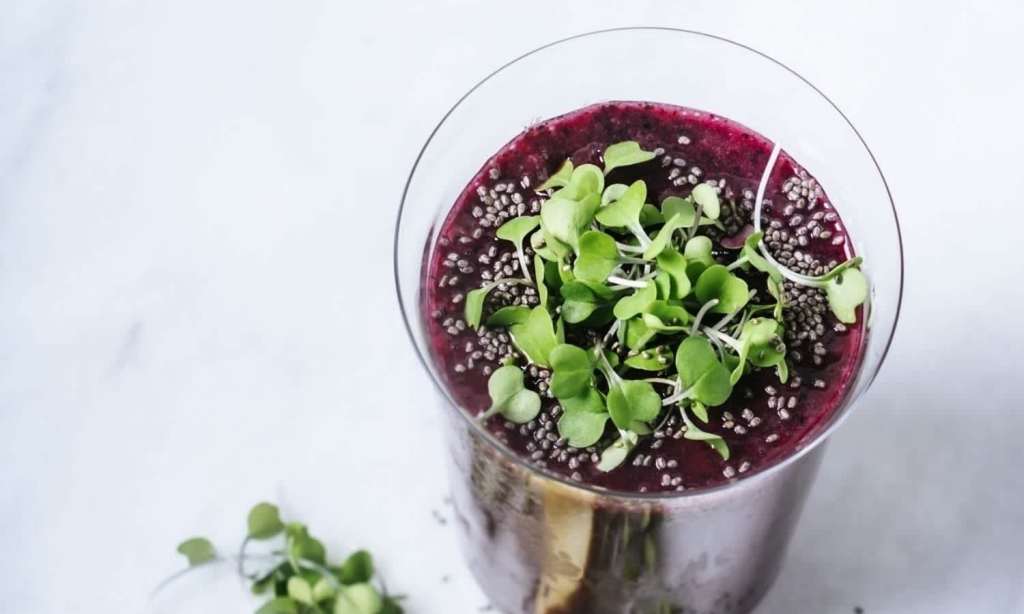If you been slacking on salads or sides of broccolini lately, green juice is an easy way to sneak in up to seven serves of fruits and veggies into one serving.
But many claims about the wonders of juicing are plain wrong.
They include:
Juicing helps weight loss
Actually, it can do the opposite. Juicing strips away the nutrient-rich fibre that’s found in the pulp and skin of fruit and vegetables, making your body absorb the fructose faster.
This can mess up your blood sugar levels, resulting in fatigue, weight gain and even blurry vision. If you’re trying to lose weight and want to avoid feeling hungry, you’re better off chewing whole fruit and veg.
In other words, whole foods are still the best way to ensure you’re getting plenty of fibre in your diet and are more satiated.
Juicing gives our digestive system a rest
Proponents of juicing also say that the juicing makes it easier for the body to absorb the nutrients and provides much needed rest for the digestive system.
The notion that our digestive system needs a break is nonsense.
In fact, what the digestive system can really benefit from is roughage, and there’s a strong association between fibre and a reduced risk of some of our most widespread chronic conditions, including heart disease, type 2 diabetes, obesity and some cancers.
Juicing reduces the risk of cancer
There is no scientific support for this, but unfortunately misinformation on cancer is rife on the internet and juicing is proposed by some as a cancer fighter.
Green smoothies are better than green juices
Smoothies are thick, shake-like concoctions that combine leafy greens and fruit with milk, yoghurt and nuts or seeds.
But some smoothies may have up to 31 teaspoons of hidden sugar that comes from combining too many sugary fruits, fruit juice concentrates and frozen yoghurt, which can add anything up to 2000kJ (478 calories) to a regular serve — roughly the same number of calories as a full meal.
To ensure your smoothies aren’t too calorific stick to three to four key ingredients such as fresh or frozen fruit and vegetables, plain yoghurt, milk and flaxseed or chia seeds.
Bottom line: Green beverages can be a refreshing and efficient way to consume much needed fruits and veggies, provided they complement your diet rather than replace it.







